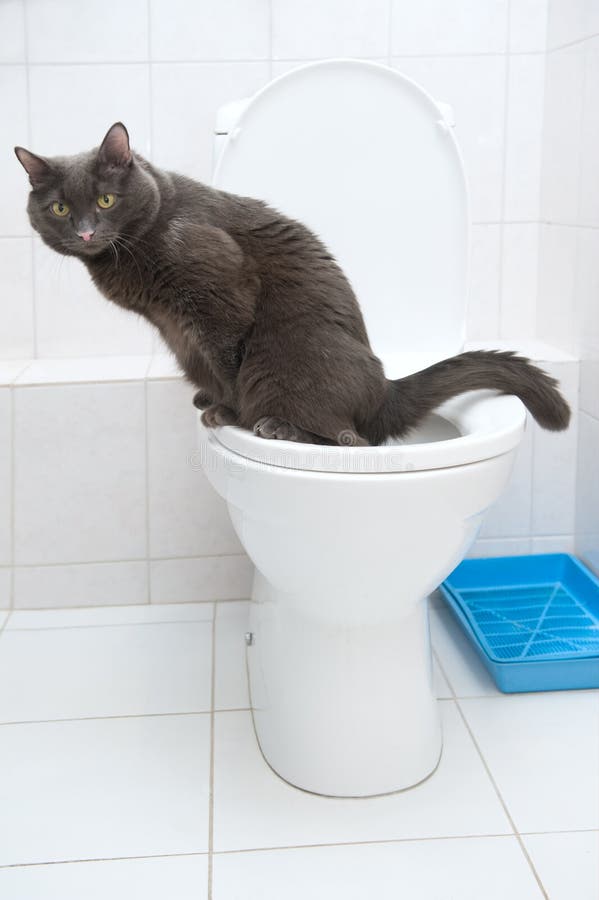The Dangers of Flushing Cat Poop Down Your Toilet - Tips for Safer Disposal
The Dangers of Flushing Cat Poop Down Your Toilet - Tips for Safer Disposal
Blog Article
Right here down the page yow will discover more brilliant points around Can You Flush Cat Poop Down The Toilet?.

Introduction
As pet cat owners, it's vital to be mindful of just how we get rid of our feline friends' waste. While it might appear practical to purge cat poop down the toilet, this method can have detrimental consequences for both the environment and human health.
Ecological Impact
Purging pet cat poop presents unsafe microorganisms and parasites into the supply of water, posturing a substantial threat to marine environments. These contaminants can negatively influence marine life and concession water quality.
Health and wellness Risks
Along with ecological concerns, flushing pet cat waste can additionally position health and wellness threats to humans. Feline feces might have Toxoplasma gondii, a parasite that can trigger toxoplasmosis-- a possibly extreme illness, particularly for expectant women and individuals with weakened body immune systems.
Alternatives to Flushing
The good news is, there are safer and much more accountable ways to throw away cat poop. Consider the complying with choices:
1. Scoop and Dispose in Trash
One of the most common technique of throwing away pet cat poop is to scoop it into a biodegradable bag and toss it in the garbage. Make certain to make use of a dedicated litter scoop and deal with the waste quickly.
2. Use Biodegradable Litter
Choose naturally degradable feline trash made from products such as corn or wheat. These trashes are eco-friendly and can be securely thrown away in the garbage.
3. Hide in the Yard
If you have a lawn, think about burying feline waste in an assigned area away from vegetable gardens and water sources. Make certain to dig deep adequate to stop contamination of groundwater.
4. Mount a Pet Waste Disposal System
Purchase an animal waste disposal system specifically designed for pet cat waste. These systems use enzymes to break down the waste, reducing smell and ecological effect.
Conclusion
Responsible pet dog possession prolongs beyond giving food and sanctuary-- it likewise includes proper waste monitoring. By avoiding flushing cat poop down the commode and selecting alternate disposal approaches, we can minimize our environmental footprint and safeguard human health and wellness.
Why Can’t I Flush Cat Poop?
It Spreads a Parasite
Cats are frequently infected with a parasite called toxoplasma gondii. The parasite causes an infection called toxoplasmosis. It is usually harmless to cats. The parasite only uses cat poop as a host for its eggs. Otherwise, the cat’s immune system usually keeps the infection at low enough levels to maintain its own health. But it does not stop the develop of eggs. These eggs are tiny and surprisingly tough. They may survive for a year before they begin to grow. But that’s the problem.
Our wastewater system is not designed to deal with toxoplasmosis eggs. Instead, most eggs will flush from your toilet into sewers and wastewater management plants. After the sewage is treated for many other harmful things in it, it is typically released into local rivers, lakes, or oceans. Here, the toxoplasmosis eggs can find new hosts, including starfish, crabs, otters, and many other wildlife. For many, this is a significant risk to their health. Toxoplasmosis can also end up infecting water sources that are important for agriculture, which means our deer, pigs, and sheep can get infected too.
Is There Risk to Humans?
There can be a risk to human life from flushing cat poop down the toilet. If you do so, the parasites from your cat’s poop can end up in shellfish, game animals, or livestock. If this meat is then served raw or undercooked, the people who eat it can get sick.
In fact, according to the CDC, 40 million people in the United States are infected with toxoplasma gondii. They get it from exposure to infected seafood, or from some kind of cat poop contamination, like drinking from a stream that is contaminated or touching anything that has come into contact with cat poop. That includes just cleaning a cat litter box.
Most people who get infected with these parasites will not develop any symptoms. However, for pregnant women or for those with compromised immune systems, the parasite can cause severe health problems.
How to Handle Cat Poop
The best way to handle cat poop is actually to clean the box more often. The eggs that the parasite sheds will not become active until one to five days after the cat poops. That means that if you clean daily, you’re much less likely to come into direct contact with infectious eggs.
That said, always dispose of cat poop in the garbage and not down the toilet. Wash your hands before and after you clean the litter box, and bring the bag of poop right outside to your garbage bins.
https://trenchlesssolutionsusa.com/why-cant-i-flush-cat-poop/

As an enthusiastic person who reads about Don’t flush cat feces down the toilet, I thought sharing that editorial was important. Are you aware of another individual who is excited about the topic? Do not hesitate to promote it. We take joy in reading our article about Don’t flush cat feces down the toilet.
Click Here Report this page